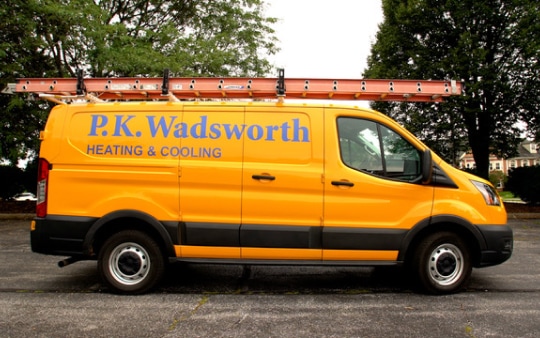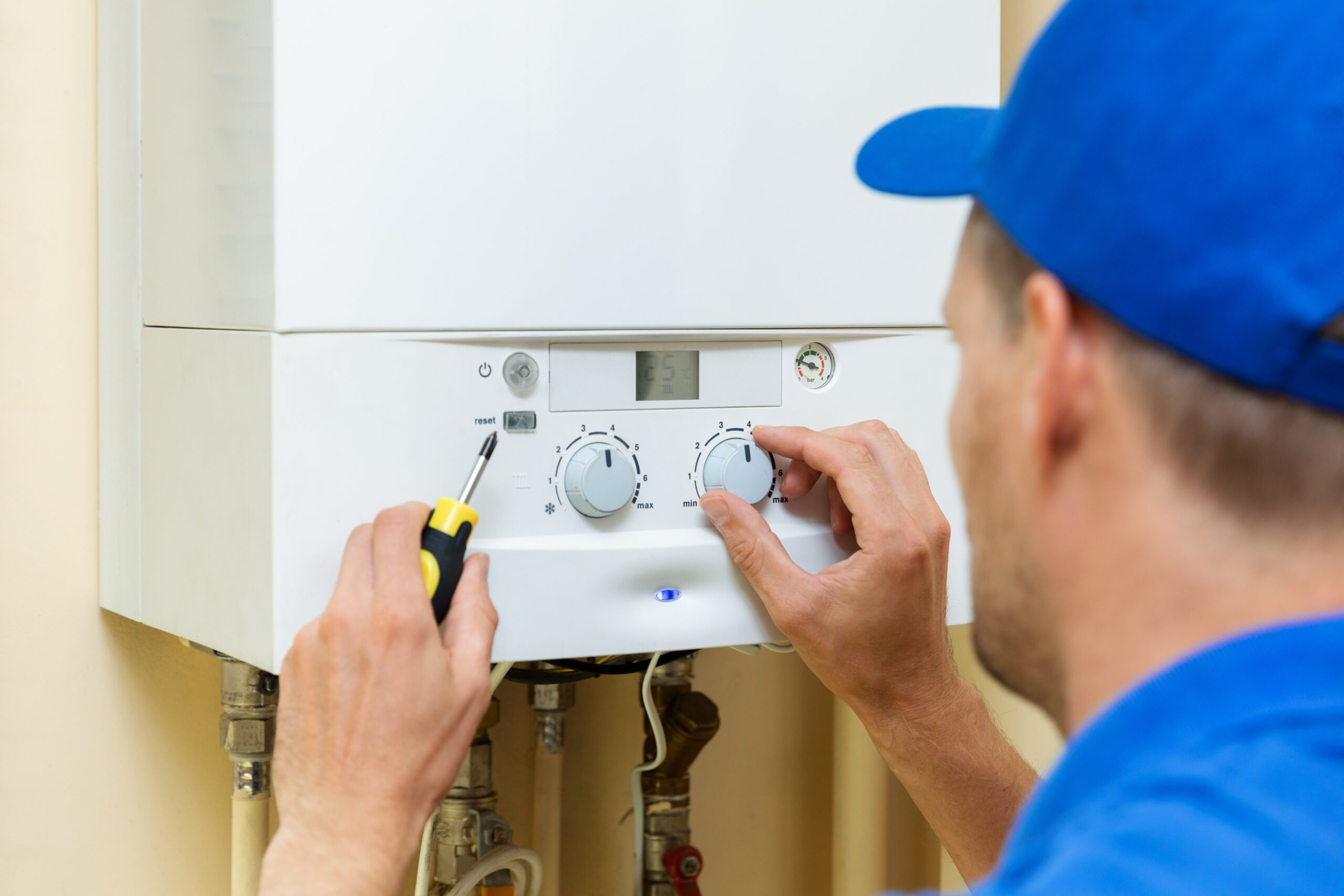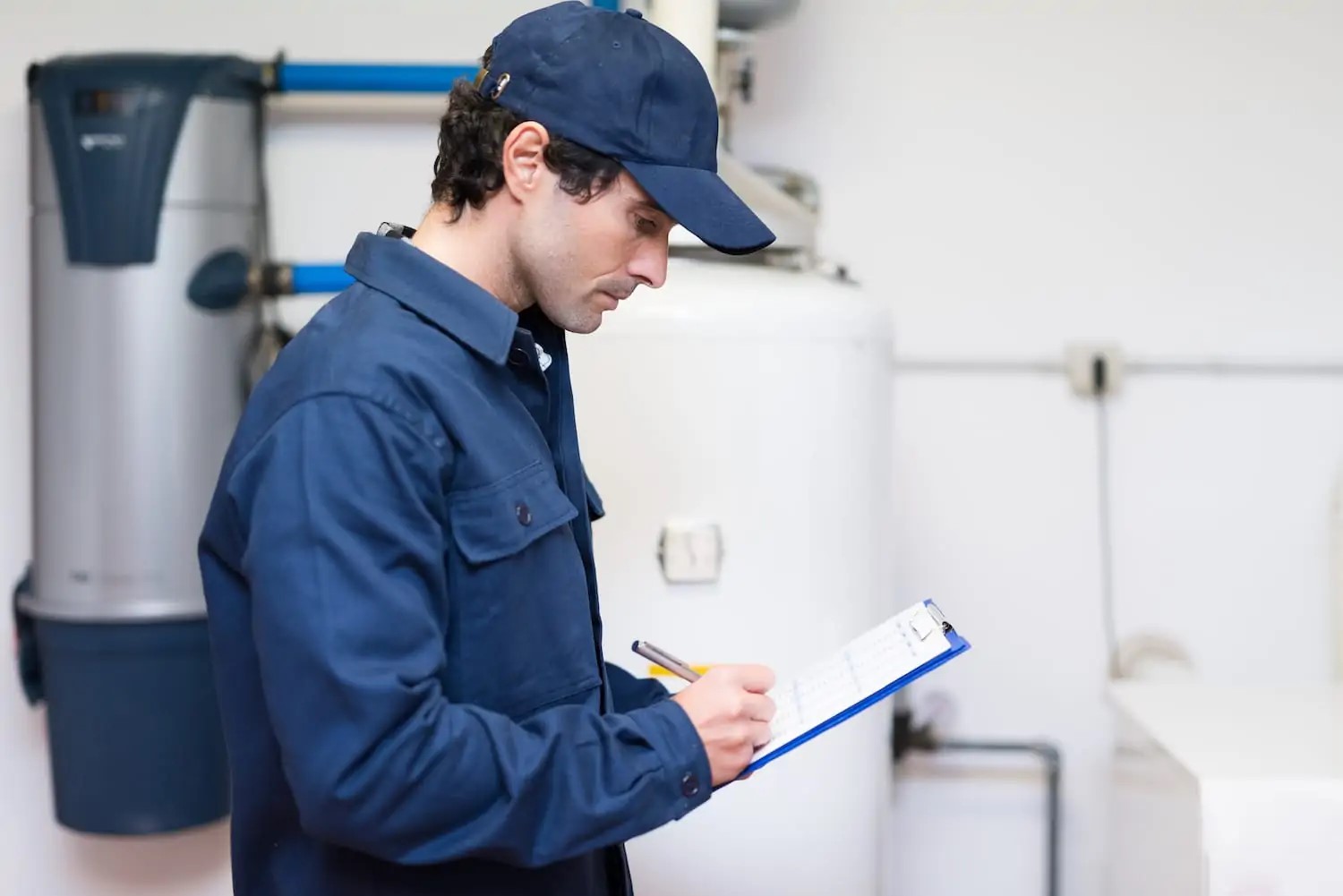Leeds Hair Transplants

- United Kingdom
- May 19, 2025
Company Information
Comparing PRP and LLLT After a Hair Transplant in Leeds: A Clinical Perspective
Following a hair transplant, patients often seek additional therapies to strengthen results, reduce inflammation, and encourage better follicular growth. Two of the most discussed options in the UK are Platelet-Rich Plasma (PRP) injections and Low-Level Laser Therapy (LLLT). Both aim to improve scalp health and graft survival, but differ in technique, mechanism, and practicality. Patients in Leeds considering either option should understand the medical rationale behind each treatment to make an informed choice.
Understanding PRP in Hair Restoration
PRP involves concentrating the patient’s own platelets and growth factors and injecting them into the scalp. Platelets are rich in cytokines such as fibroblast growth factor (FGF), insulin-like growth factor (IGF-1), and epidermal growth factor (EGF), all of which support tissue regeneration. These molecules appear to stimulate stem cells around hair follicles, enhance vascularisation, and encourage transition of follicles from telogen to anagen phase.
A double-blinded randomised controlled trial published in the International Journal of Trichology reported a statistically significant improvement in both hair count and thickness after PRP therapy when compared to placebo injections over 6 months . Another study published in Dermatologic Surgery showed improved hair density in patients with androgenetic alopecia following three PRP sessions at monthly intervals.
Although PRP is generally well tolerated, it involves repeated injections across the scalp. Mild swelling or bruising may occur post-treatment. In the context of hair transplant recovery, it may reduce the severity of post-operative shedding and help shorten the dormancy phase of newly transplanted grafts.
LLLT: Light-Based Cellular Stimulation
LLLT uses coherent light in the red or near-infrared spectrum to promote mitochondrial activity in hair follicle cells. The light penetrates the epidermis and dermis, increasing adenosine triphosphate (ATP) levels in the follicular matrix. This energy boost supports protein synthesis and cell division, both essential for follicle recovery and function.
Research published in Lasers in Surgery and Medicine evaluated the effect of LLLT in men and women with androgenetic alopecia. After 24 weeks of treatment with a 655 nm red light laser cap, significant increases in hair density were observed compared to placebo controls.
LLLT is painless, requires no injections, and can be used at home. That said, adherence is key. Clinical benefits are only achieved with consistent, long-term use—usually 3 to 4 sessions per week for several months. Some patients stop early due to slow results, so managing expectations is essential.
Financial and Practical Differences
Hair transplant costs in Leeds typically range from £2,499 for smaller sessions to £4,899 for large graft counts, based on My Hair UK’s pricing: https://www.my-hair.uk/transplant-cost/leeds. Post-operative therapies like PRP and LLLT are elective and not covered by the NHS. PRP sessions are priced between £300 and £700 each, with most patients needing a course of 3 or more. LLLT has a higher upfront cost if buying a home device (£400–£1,000), but no ongoing charges if used consistently.
PRP may appeal to patients looking for quick intervention after surgery. It’s often administered as early as 10–14 days post-transplant, once the grafts have stabilised. In contrast, LLLT is gradual and demands longer engagement, but offers a non-invasive alternative for those unwilling or unable to undergo injections.
Health Check Before Treatment
Before starting either therapy, book a general health check with your local GP. This is especially important if you have a history of autoimmune disorders, low platelet counts, photosensitivity, or are taking anticoagulants. These conditions may impact safety or effectiveness of either PRP or LLLT.
If you're in Leeds, consider booking an appointment at one of the following NHS GP surgeries:
-
Burley Park Medical Centre, 273 Burley Rd, Burley, Leeds LS4 2EL
-
Shakespeare Walk-in Centre, Cromwell Mount, Leeds LS9 7TA
-
Allerton Medical Centre, 6 Montreal Ave, Chapel Allerton, Leeds LS7 4LF
A GP review can also help manage any coexisting scalp conditions, such as seborrhoeic dermatitis or psoriasis, that might interfere with healing or limit treatment response.
Choosing the Right Approach for You
There is no universal answer to whether PRP or LLLT is “better”—each has its place in post-transplant care depending on your circumstances. PRP is more intensive, more expensive per session, but potentially faster in delivering results. LLLT is slower and requires longer use, but avoids injections and can be done at home.
Are you the type of person who prefers structured medical appointments, or do you prefer managing things on your own time? Can you commit to a few minutes of consistent use each week? These factors matter more than many realise.
Discussing your goals and preferences with your hair surgeon or GP is crucial. Not every patient needs post-operative therapy, but for some, it can make a meaningful difference in final density, texture, and graft survival. Whether you’re recovering from a recent procedure or looking to maintain your investment, choosing the right aftercare path is a clinical decision—one that’s best made with evidence and medical insight.
Current job openings at Leeds Hair Transplants

Why Choose P.K. Wadsworth Heating & Cooling?
Cleveland’s Home Comfort Provider Since 1936
- Over 85 years in business
- Family-owned & operated
- Trained & certified technicians
- On-time & reliable services
- Maintenance plans available
- Same-day services
- Over 2k five-star google reviews from customers




